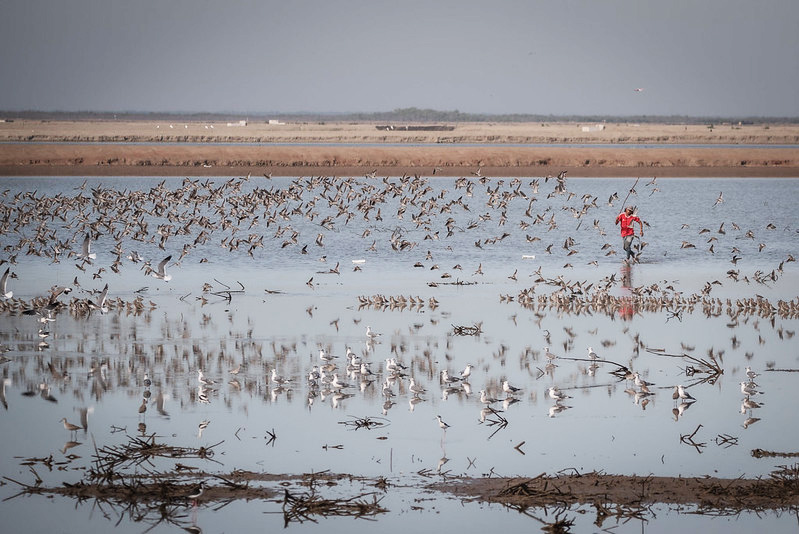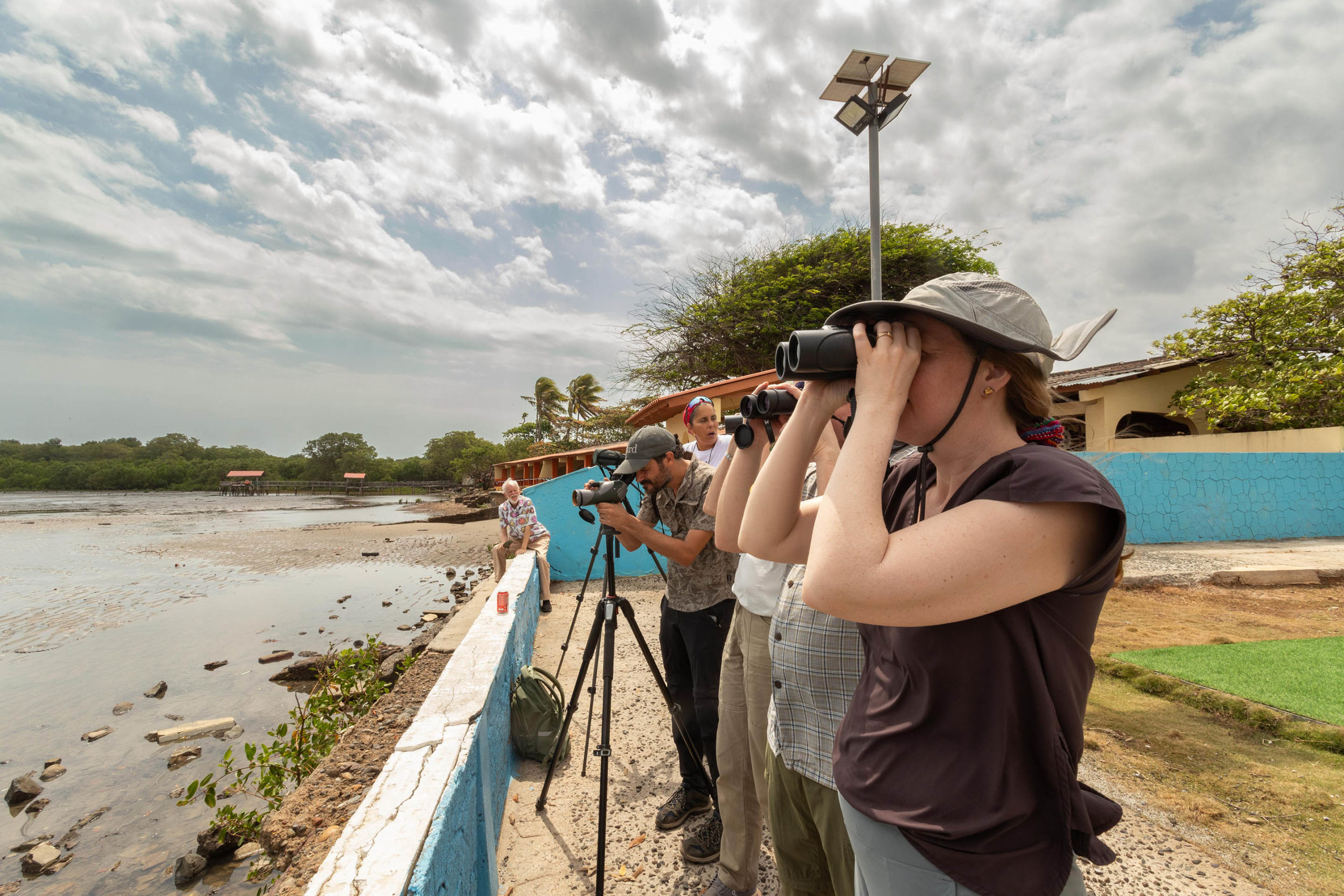Jeisson Zamudio
Pacific South America Coordinator
Join The Small Sit, Manomet’s bite-sized virtual science series, each month as we learn about the wonders of why birds migrate, the importance of river herring in coastal food webs, and so much more!
Join Jeisson Zamudio, Manomet Conservation Sciences’ Pacific South America Coordinator, as he explores some innovative ways we have partnered with local stakeholders to help broaden the impact of our shorebird conservation work in the Americas.
The work of biodiversity conservation requires the dedicated time and talent of many people with both passion for the mission, but also the right skills and technical knowledge to conduct on-the-ground research, Shorebird conservation is no different. With the significant decrease in shorebird populations worldwide, this work requires an understanding of how to research their migration patterns, monitor and evaluate the habitats on which they depend, and assess the threats they face. Shorebird conservation also requires a deep understanding of why the survival of shorebirds is critical, as well as being able to convey those reasons. Many social and political factors also come into play in the course of this work, and often need to be managed on a site-by-site basis.

This all adds up to a tall task: how to broaden the scope of shorebird conservation work and make the most impact? The solution: build the capability and capacity of local stakeholders to be able to implement shorebird conservation measures in their own “backyards” – which can mean on cattle farms, salt farms, and shellfisheries. In early 2024, Manomet’s Flyways team ran a pilot program online called “Introductory Training Program for Shorebird Conservation,” which focused on the Pacific Flyway migration route. The numbers were positive: over 200 people from 11 Latin American countries participated in the online training sessions – 115 people finished the entire training program, and 65% of those work in Western Hemisphere Shorebird Reserve Network (WHSRN) sites. Over 90% of the participants reported a high level of satisfaction with the course, and 97% reported that they would apply the new knowledge, tools, and approaches directly to their work. The success of this has given us confidence that WHSRN’s strategic vision – which includes capacity building with local stakeholders as a key component – is big step in the right direction to help reverse the decline of shorebirds.
There will be ample time for questions and lively discussion, as well!
This program is free, but registration is required.





 Back to all
Back to all